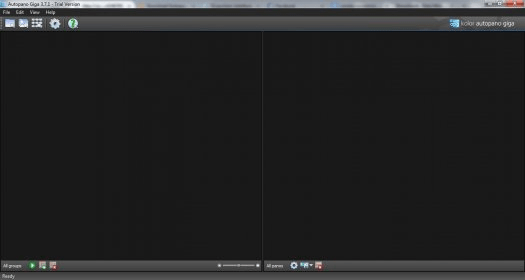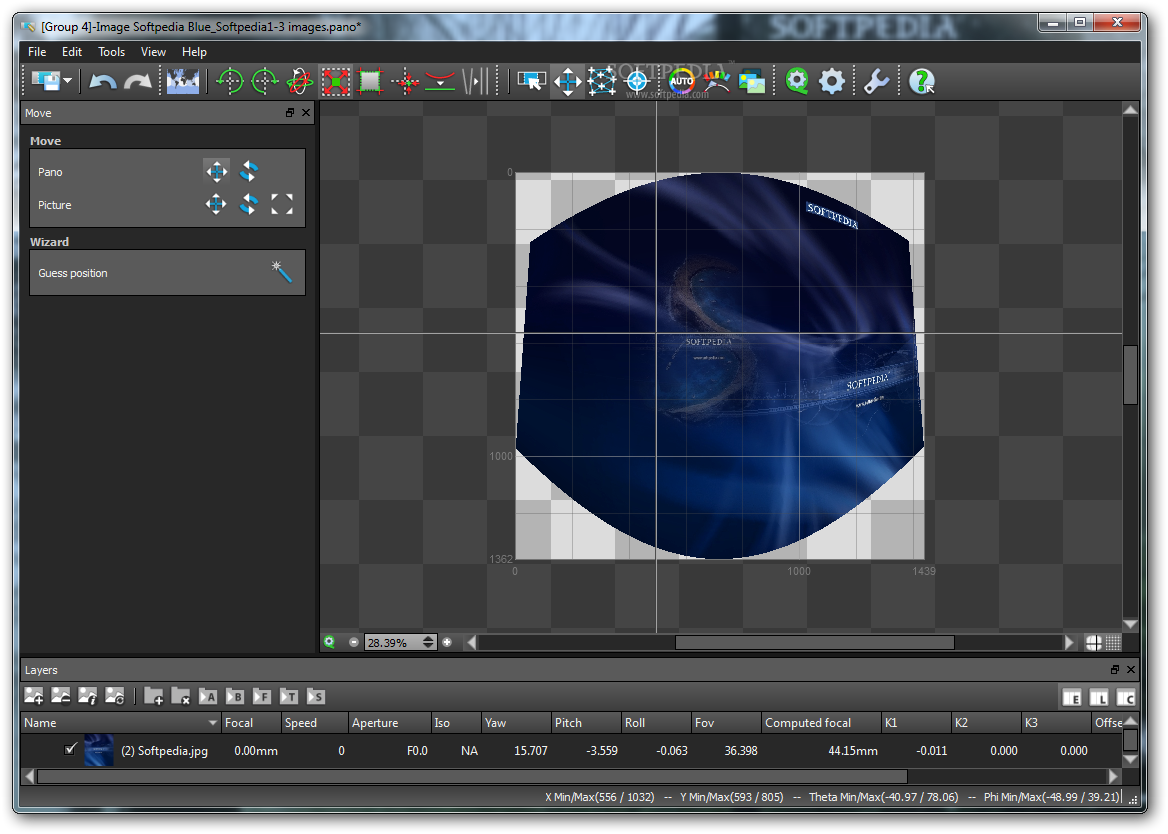

- #RENDER MULTIPLE LAYERS AUTOPANO GIGA MANUAL#
- #RENDER MULTIPLE LAYERS AUTOPANO GIGA UPGRADE#
- #RENDER MULTIPLE LAYERS AUTOPANO GIGA PRO#
Things aren’t always perfect right out of the box because the software doesn’t know which type of projection you want. I like that, while I can tell the program the pattern of a shoot and the amount of overlay, it will still automatically detect control points and I can even set this number to 200 by default, to ensure the best matching. Press “Finish” and AutoPano takes you to the main screen and starts detecting and stitching.
#RENDER MULTIPLE LAYERS AUTOPANO GIGA MANUAL#
This software works quite well on auto (with some manual tweaks to come). The last two screens deal with control points and that can be left on auto unless you have a particularly good reason to change them. One thing I wish this screen had is the ability to pick a grid shot top to bottom, then back up the next column, down the next, and so on, for those times when I shoot a panorama freehand, such as this 2.2 gigapixel image of the Taj Mahal (shot without a tripod and head because they are restricted).Īfter that screen, custom overlap or forcing a 360 degree view can be selected. The next screen allows for changing of the panorama shooting direction. With a straightforward shot like this, there is little else for me to do, but let me show you what the other screens do, if you are curious. This is also why, with careful execution, freehand panoramas can be imported. The nice thing about this method is there is no need to import a control file that explains the grid to the software. For instance, when I select the 98 images from my demonstration shot from Maui, Hawaii at the Ali’i Kula Lavender Farms, AutoPano knows this shot was 7 rows and 14 columns. If your shot went off without a hitch and you have a nice grid of images, AutoPano should know this. The first step in the wizard is to pick the device that was used, in this case we select Gigapan. With all your panorama files in one location, it is time to use the stitching wizard in AutoPano Giga. That makes finding the files all the easier. I have found it handy to shoot panoramas, especially large ones, on a separate memory card reserved just for panoramas. The nice thing about AutpoPano Giga is it will understand your RAW files no problem, so there is no need to convert (but you can if you are impatient and want smaller file sizes). Importīringing images into your computer is no different than your normal shooting method.
#RENDER MULTIPLE LAYERS AUTOPANO GIGA PRO#
Shooting with the Gigapan EPIC Pro is explained in the previously mentioned post. Utilizing AutoPano Giga to produce stunning panoramas shot with Gigapan’s heads (mine were shot with the EPIC Pro) is fairly simple. Plus, it can not handle freehand panoramas


#RENDER MULTIPLE LAYERS AUTOPANO GIGA UPGRADE#
I noted in that post that Gigapan’s software was in its first stages and was quite basic and while the software has been upgrade over the intervening two years, it’s still not as robust as Kolor’s AutoPano Giga. One ability AutoPano Giga excels at is the ability to take images and information from a number of automated shooting heads, such as Kolor’s own PanoGear or even other brands, such as the GigaPan EPIC Pro, which I reviewed for DPS two years ago. AutoPano Giga has been my panorama product of choice after starting with huggin, a free option that does quite well it its own right. I know, it’s a long title but I want to show how easy it can be to assemble panoramas with either a Gigapan head or by shooting freehand, gridded panoramas.


 0 kommentar(er)
0 kommentar(er)
